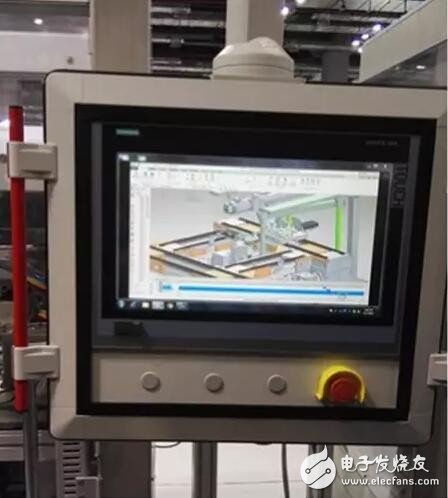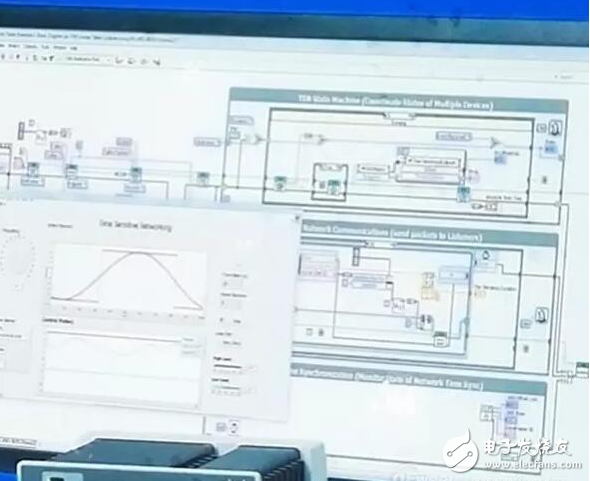As an important driving factor in smart manufacturing, knowledge management is often overlooked. Knowledge exists either in artificial experience, in mechanism rules, or in data models. The three have a very complementary relationship. Artificial experience is produced in social practice, it is the reflection of objective things in people's minds, and it is the beginning of understanding. But the experience needs to be deepened and needs to be raised to theory. Moreover, the transfer of experience is very complicated, and the rich experience of the company is easily lost in the transformation of employees. The mechanism is also called the white box model, which refers to the internal working mode of each element in the system and the operating rules and principles of interaction and interaction between the elements. The simple point is that the simulation modeling refers to the laws of physics, chemistry and biology that humans have mastered. Similar tools for modeling include various simulation software. The shortcoming of the mechanism model is that everything is too complicated, the laws that humans master are limited, and often they are idealized and simplified, and they cannot be completely consistent with the real thing, and sometimes even far from each other. The data model is also called the black box model, which refers to the data-based model. The related concepts include artificial intelligence, data mining, and machine learning. There are several shortcomings in the data model. First, there must be a large amount of data. Second, the distribution of the data must be reasonable. Third, the analysis method is appropriate. Otherwise, the model existing on the data may not coincide with the facts. There are also a lot of data modeling software, such as professional software SAS, while Hadoop and Oracle also provide data analysis packages, cloud computing service providers provide affordable computing services, machine learning developers may also be accustomed to using Python, R language. There are also many calculation tools, such as Excel, which are also very useful tools, and Matlab provides a very rich mechanism for simulation and data analysis. From artificial experience, to data analysis, to mechanism law, it is a more and more rational depiction of things. The perfect modeling process should consist of three steps. Artificial experience is vague and triggers thinking; data analysis has been slowly quantified, and the relationship between things has been revealed initially; the deep mechanism of law is to truly reveal the inevitable connection between things. The rigorous modeling process, it is best to match the three, at the very least, the two verify each other, complement each other, relying solely on one result is terrible. For example, there are many sensors installed, and it is impossible to be ubiquitous because sensors require cost and a suitable mounting location is required. A suitable mechanism model, coupled with the verification of sensor data (or the determination of the parameters of the mechanism model by sensor data, the terminology is called identification), can obtain more complete information in the spatial and temporal dimensions. Germany's advantage lies in the artificial experience and mechanism law. The weak is the data analysis ability (the German population is small, information technology and data analysis technology are difficult to widely use frequently, so the data analysis technology is not developed). So the German model is based on the laws of the mechanism and is intuitive (Figure 1). Figure 1 German model (based on mechanism, intuitive) In Japan's lean manufacturing, the artificial experience is very prominent. The advantage of the United States lies in data analysis and mechanism law. The weakness lies in artificial experience. NI's latest embedded controller network synchronization accuracy is less than 100ns (Figure 2), reflecting the tireless pursuit of American data. The TS16949 quality system also reflects Americans' love of data and is an excellent model for the integration of early industrialization and informationization. Modeling in the United States is mechanism-based and data-based (Figure 2). Figure 2 US model (based on mechanism, based on data) China has certain advantages in data analysis. The weakness lies in the artificial experience and mechanism law, which is professional software. In the long run, all kinds of professional software are pirated. Coupled with the serious disconnect between China's production, study and research, many universities' research results cannot be studied. If the appropriate industry-university research channel is established, the teachers and doctors of the school are still capable. The research results cannot be studied in depth. In many cases, it is not a problem of ability, but it is not enough to communicate with the society. From the paper to the thesis, the theory is not applied to practice. How to perfectly integrate the research of the institute with the practice of the enterprise is the transformation of the achievements that China's intelligent manufacturing is urgently needed to overcome. Taken together, artificial experience, mechanism rules and data analysis have their own advantages and disadvantages. Various industries and companies need to adopt appropriate modeling methods to maximize the core competitiveness of companies and products. China now has a very low-cost way to obtain industrial data (thanks to the rapid development of Baidu Cloud and Alibaba Cloud). The data is back, the artificial experience analysis of the curve, you can also get meaningful information; through data analysis, even if only Excel, can solve many problems. Alibaba Cloud is very inexpensive for acquisition, storage and data analysis. It may be painful to establish a unified industrial Internet, but subsystems rely on meters and the original control system to collect data is not that difficult. Even if it doesn't work, you can also learn from the TS16949 quality system, use forms, and return valuable data. The integration of industrialization and informatization is the only way for intelligent manufacturing. The three sharp edges of grinding and application are the greatest basic skills.
As the structural support and optical signal transmission pathway and medium, flexible substrates are playing ever-increasingly important roles in advanced optoelectronic display devices. The use of flexible substrates will significantly reduce the weight of flat panel displays and provide the ability to conform, bend or roll a display into any shape. Moreover, it will open up the possibility of fabricating displays by continuous roll processing, thus providing the basis for cost-effective mass production. Flexible substrate mainly used in thermoelectric refrigerator accessories, high-end car seats, car cold cup, car refrigerator, head display, car power, home appliances, medical devices, semiconductor chips, laser projection, optical device packaging in optical fiber communication and other fields.
Currently, there are mainly three types of candidates for flexible substrates: ultrathin glass, metal foil, and plastic (polymer) films. The raw material use for our flexible substrate is PE base double-sided copper clad with 0.3mm thickness. We are equipped with professional metal etching equipment and exposure development equipment. We use fine etching process and manufactures, we can guarantee that our etching flexible substrate can achieve double-sided etching of different graphics, alignment, neatly arranged, and no shedding, no incomplete, no pores, no inclusions and other appearance defects.
Etching Flexible Substrate,Double-Sided Etching,PE Base Double-sided Copper Clad Flexible Substrate SHAOXING HUALI ELECTRONICS CO., LTD. , https://www.cnsxhuali.com
